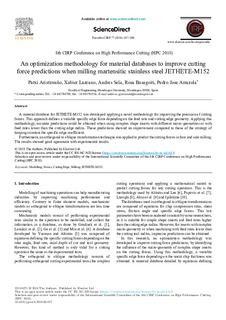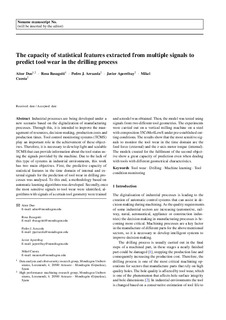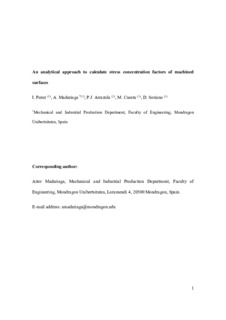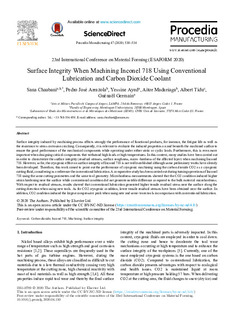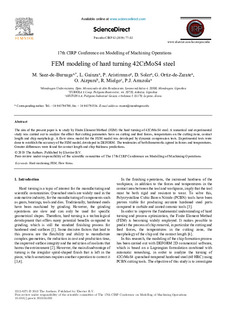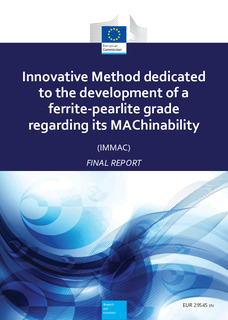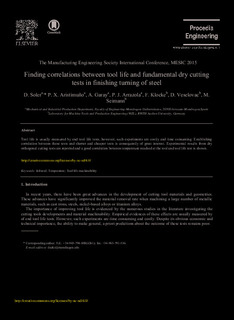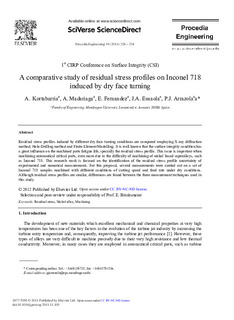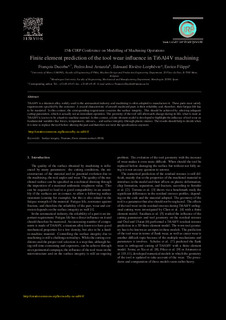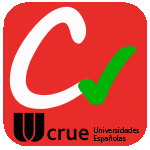Bilatu
115-tik 11-20 emaitza erakusten
An optimization methodology for material databases to improve cutting force predictions when milling martensitic stainless steel JETHETE-M152
(Elsevier Ltd., 2018)
A material database for JETHETE-M152 was developed applying a novel methodology for improving the precision of cutting forces. This approach defines a variable specific edge force depending on the feed rate and cutting ...
The capacity of statistical features extracted from multiple signals to predict tool wear in the drilling process
(Springer Verlag, 2019)
Industrial processes are being developed under a new scenario based on the digitalisation of manufacturing processes.Through this, it is intended to improve the management of resources, decision-making, ...
An analytical approach to calculate stress concentration factors of machined surfaces
(Elsevier Ltd., 2021)
Machining operations affect the properties of the final surface layer, and these can impact on its functional per- formance, particularly on fatigue behaviour. Among the properties of the machined surface, surface topography ...
Surface Integrity When Machining Inconel 718 Using Conventional Lubrication and Carbon Dioxide Coolant
(Elsevier Ltd., 2020)
Surface integrity induced by machining process affects strongly the performance of functional products, for instance, the fatigue life as well as the resistance to stress corrosion cracking. Consequently, it is relevant ...
FEM modeling of hard turning 42CrMoS4 steel
(Elsevier B.V., 2019)
A mechanistic model to predict cutting force on orthogonal machining of Aluminum 7475-T7351 considering the edge radius
(Elsevier B.V., 2019)
The ploughing force related with action of edge radius is an important factor which influences flow stress, chip formation or surface integrity. Some fraction of the cutting forces are called parasitic (additional) forces ...
Innovative Method dedicated to the development of a ferrite-pearlite grade regarding its MAChinability (IMMAC): final report
(Oficina de Publicaciones de la Unión Europea, 2019)
Ferrite-pearlite (FP) steels are the most common material for engineering and automotive industries (gear box parts, crankshaft, connecting rods, injection parts…). Without any extensive research, considering the different ...
Finding correlations between tool life and fundamental dry cutting tests in finishing turning of steel
(Elsevier, 2015)
Tool life is usually measured by end tool life tests, however, such experiments are costly and time consuming. Establishing correlation between these tests and shorter and cheaper tests is consequently of great interest. ...
A comparative study of residual stress profiles on Inconel 718 induced by dry face turning
(Elsevier, 2011)
Residual stress profiles induced by different dry face turning conditions are compared employing X-ray diffraction method, Hole-Drilling method and Finite Element Modelling. It is well known that the surface integrity ...
Finite Element Prediction of the Tool Wear Influence in Ti6Al4V Machining
(Elsevier, 2015)
Ti6Al4 V is a titanium alloy widely used in the aeronautical industry and machining is often adopted to manufacture it. These parts must satisfy requirements specified by the customer. A crucial characteristic of aircraft ...


